A keltner channel is based on two bands, plotted above and a moving average. It is similar to bollinger bands except it uses Average true range instead of standard deviation. The upper band is a moving average plus some multiple of the Average True Range. The lower band is the moving average minus a multiple of the Average True Range.
Parameters
Period (Period = 10)
|
1 2 3 4 5 6 7 8 9 |
BandMovingAverage=AVERAGE[period](high-low) MiddleMovingAverage=AVERAGE[period](TypicalPrice) upperband=MiddleMovingAverage+BandMovingAverage lowerband=MiddleMovingAverage-BandMovingAverage DMA= AVERAGE[period](TypicalPrice) RETURN upperband COLOURED (0,200,0) AS"Keltner Upper Band", lowerband COLOURED (0,200,0) AS"Keltner Lower Band", DMA COLOURED (0,0,255) AS"DMA" |
Share this
No information on this site is investment advice or a solicitation to buy or sell any financial instrument. Past performance is not indicative of future results. Trading may expose you to risk of loss greater than your deposits and is only suitable for experienced investors who have sufficient financial means to bear such risk.
ProRealTime ITF files and other attachments :PRC is also on YouTube, subscribe to our channel for exclusive content and tutorials


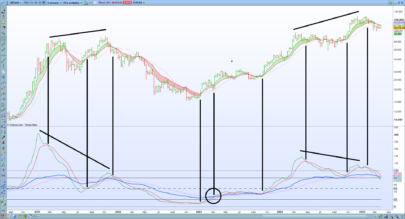

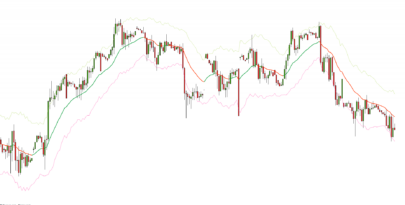





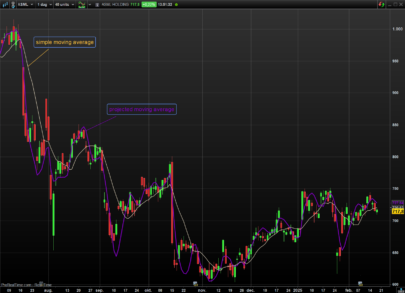
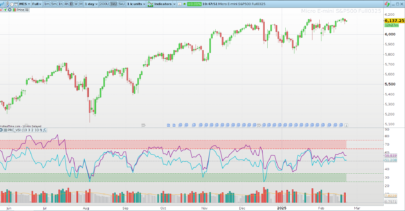
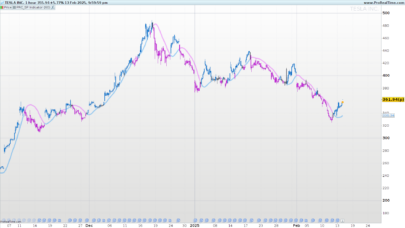
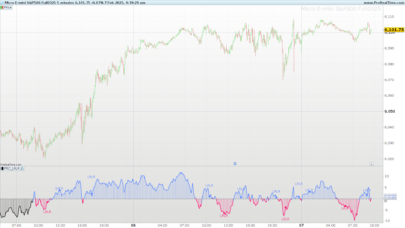
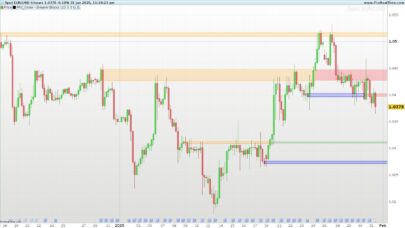

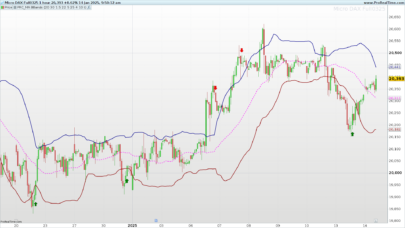

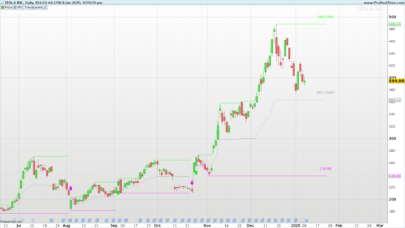
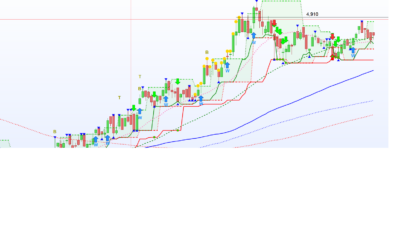
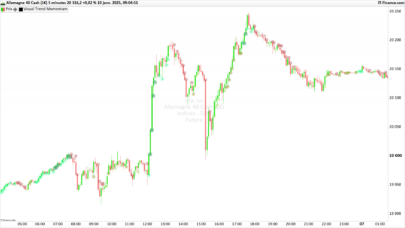
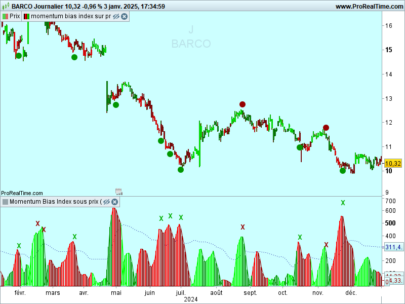
Hi Nicholas,
How would you apply this indicator to Adam H Grimes settings?
“On these charts, I have Keltner channels (set 2.25 ATRs around a 20 period EMA) ”
https://adamhgrimes.com/technicals-everyone-overbought-oversold/
Sorry, cant seem to submit an image..?? The link contains one however..
hi is it possible to duplicate 2 different keltners on same price ie one at 34 2nd at 17 , i cant seem get both